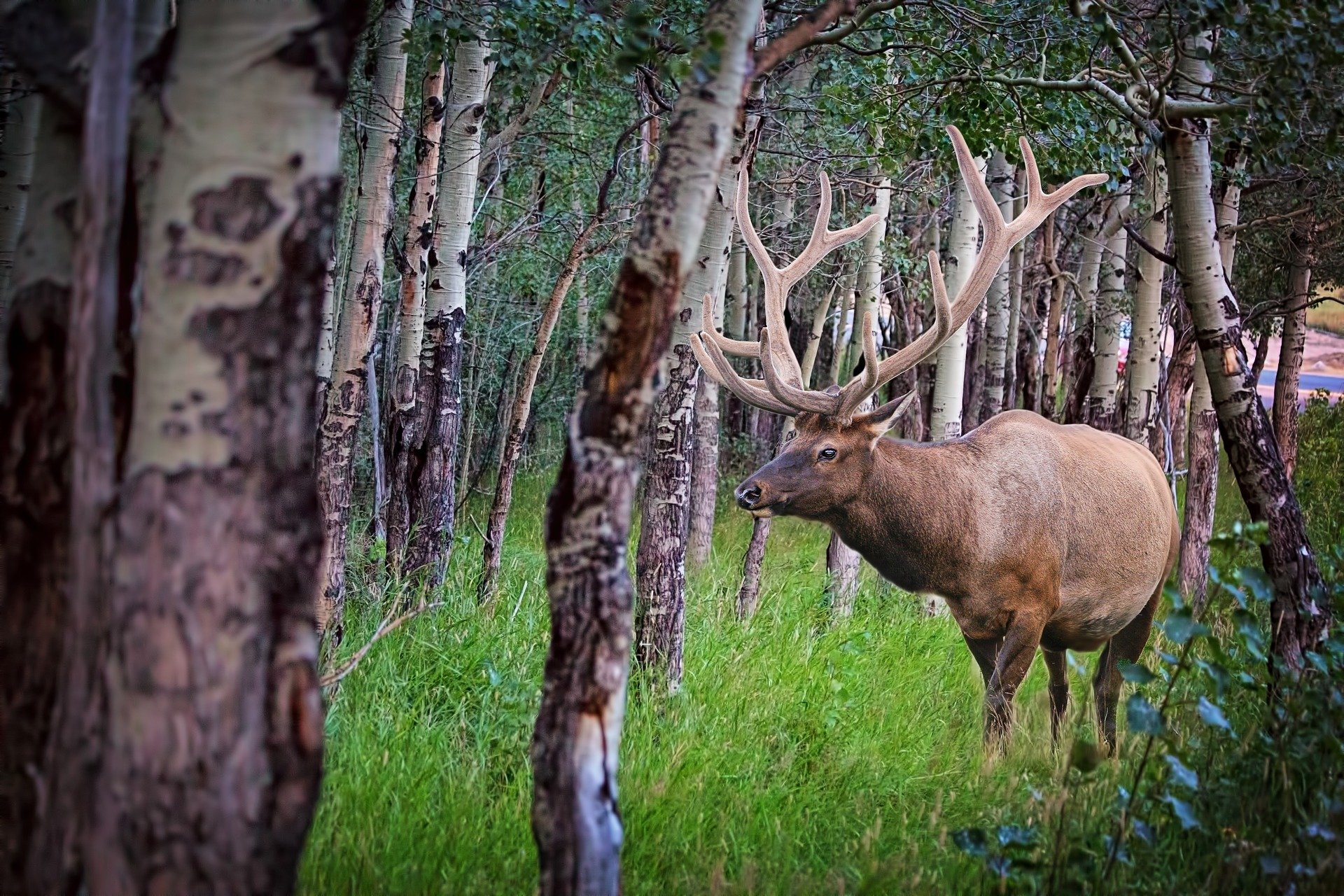Nameless Range
Well-known member
We all know this to some degree, but I thought it was interesting:
The article:

 phys.org
phys.org
The study:
The article:

Study finds elk are too smart for their own good, and the good of Utah
Animals in the wild are often smarter than we give them credit for. This time it's the elk.
The study:




